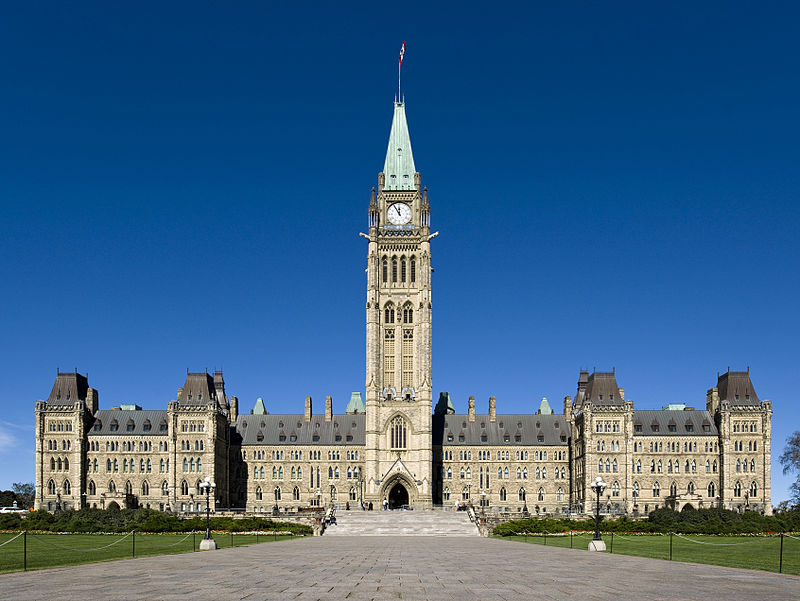My next update is gonna be on British Patagonia. I know that there was a Welsh colony in Patagonia IOTL, so I'm assuming that there will be a significant degree of Welsh settlement ITTL as well. One idea I have is that, after the eruption of the Askja Volcano in Iceland in 1875, whoever is in charge of the Patagonian colony recruits Icelandic settlers to the southern part of Patagonia, which has a very similar climate to Iceland. Of course, you're gonna get your English, Scottish and Irish settlers as well, but overall, Patagonia is gonna be very sparsely populated, just as it is IOTL. My guess is a few hundred thousand by 1900, and a few million by the present (population density similar to Wyoming or Montana).
Hopefully the Fuegians do better ITTL...



